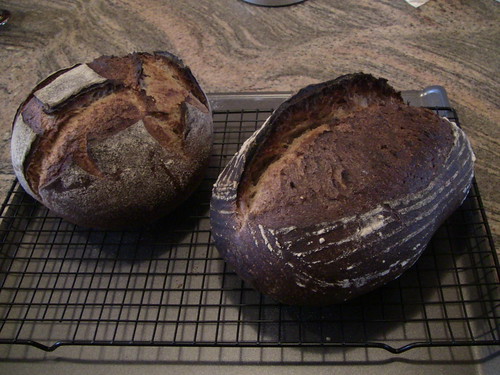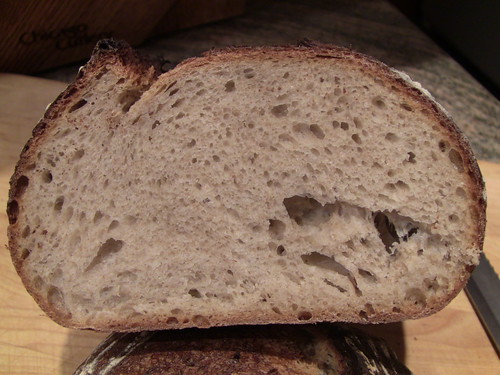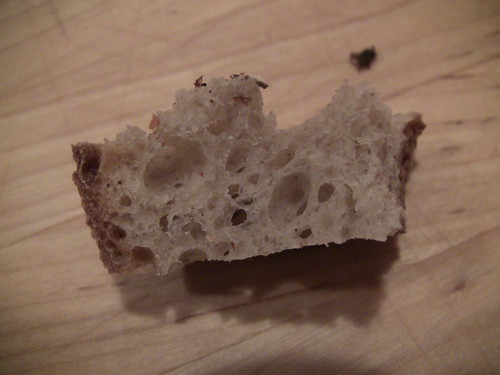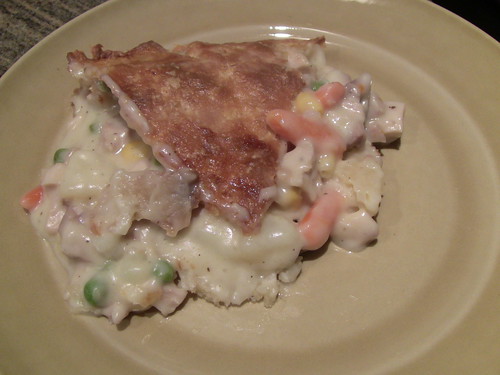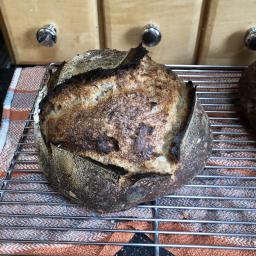


Hamelman: adapting instructions to a stand mixer (Kitchenaid)

Ceramic loaf pans (edit: clay loaf pans)
What is the proper way to use a ceramic loaf pan? Do you preheat them? Will a loaf have trouble browning if you don't?
I don't pan a lot of loaves, but I found this at a Good-Will store for $2, and I just can't pass up a deal on a new toy.

My oven and my heart are broken
Thanksgiving is upon us. I came into this week eager to put my newfound enthusiasm for bread-baking to work on behalf of my loved ones, eager to apply what I have learned here and elsewhere to the art and craft of making home-made bread for the holiday feast.
Eager, schmeager, as it turns out: My oven died last Wednesday and my hopes died with it. These days I come to this site out of habit and leave feeling like a kid with the flu who can't come out and play with his buddies.

should I tightly clingwrap my croissant dough?
Question: In the Julia Child-video for making croissants, Esther (the french lady who does the baking in the video) wraps her dough very tightly in cling film before she puts the fridge to rise.
I'm doing the same thing when making croissants, but I actually have no clue what this does to the process. It feels counter intuitive somehow: why am I not giving this dough all the room it wants and needs to grow?

I had to make compromise
I had to make compromises. The electrical oven did not work properly even after we had it repaired. The only solution I had was to use the bread machine. But I still wanted to bake only sourdough rye bread with a high % of rye. It worked OK and since this kind of Rye/Pumpernickel need to be very wet the machine had no problem to mix it.
Then I change towards the light rye bread or pain de campagne.
Slowly I adapted the quantity of water to get the right mix.
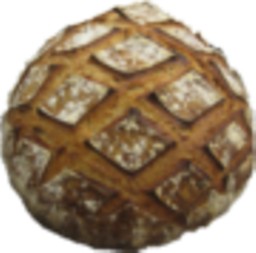
Shortbread Cookies ... in a hurry

My 71% 1,2,3 loaf is sticking to my proofing baskets
The first time I used the bigger baskets I did not have to flour it and I had no issue. Today I tried to do a non-fridged 1,2,3 loaf and I did flour the basket but it stuck pretty well. I also had trouble with my wicker basket but I did not flour it all the way up. Can someone suggest if I should be using a different flour (AP) or technique. I use a shaker to spread the flour out. Should I be putting more on it.

Sourdough Starter and Artisan Bread in 5 minutes a day
Has any one tried to use Sourdough starter to make the Artisan Bread in 5 minutes a day. My wife is doing Team in Training and I want to be able to bake 10 to 20 loafs a weekend to sell. I was trying to stream line some of the process and having dough already to be formed and baked in less then an hour each night as apposed to the current Norwich is taking me 5 hours to prep and 1 hour to cook.




